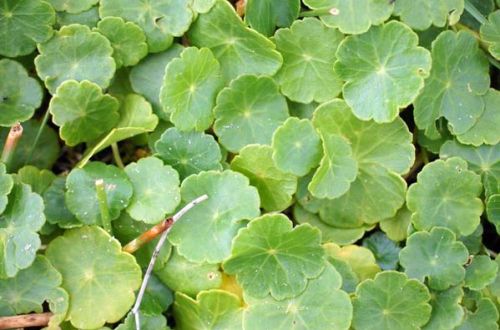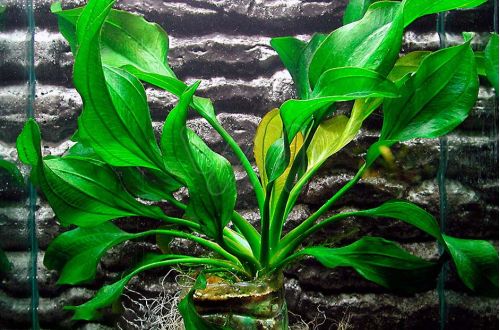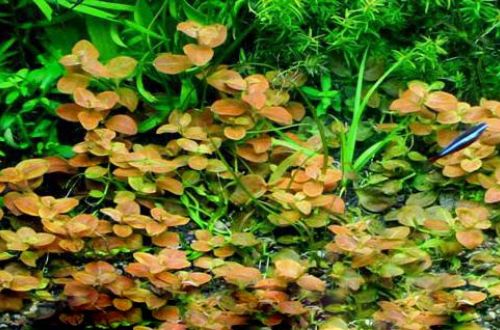
Blixa japonica
Blixa japonica, scientific name Blyxa japonica var. Japonica. In nature, it grows in shallow water bodies, swamps and slow-flowing forest rivers rich in iron, as well as in rice fields. Found in subtropical and tropical regions
Growing is not too troublesome, however, beginners may not be able to do it. The plant needs good lighting, artificial introduction of carbon dioxide and fertilizers containing nitrates, phosphates, potassium and other trace elements. In a favorable environment, the plant exhibits golden and reddish hues and grows more compactly, forming a dense “lawn”. The measles system becomes very dense. When phosphate levels are high (1–2 mg per litre), arrows grow with small white flowers. With insufficient illumination of Blix, the Japanese turns green and stretches, the bushes look thinned out.
Propagated by lateral shoots. With scissors, a bunch of plants can be cut in two and transplanted. Due to the high buoyancy of the Japanese Blix, it will not be easy to fix it in soft ground, as it tends to emerge.





